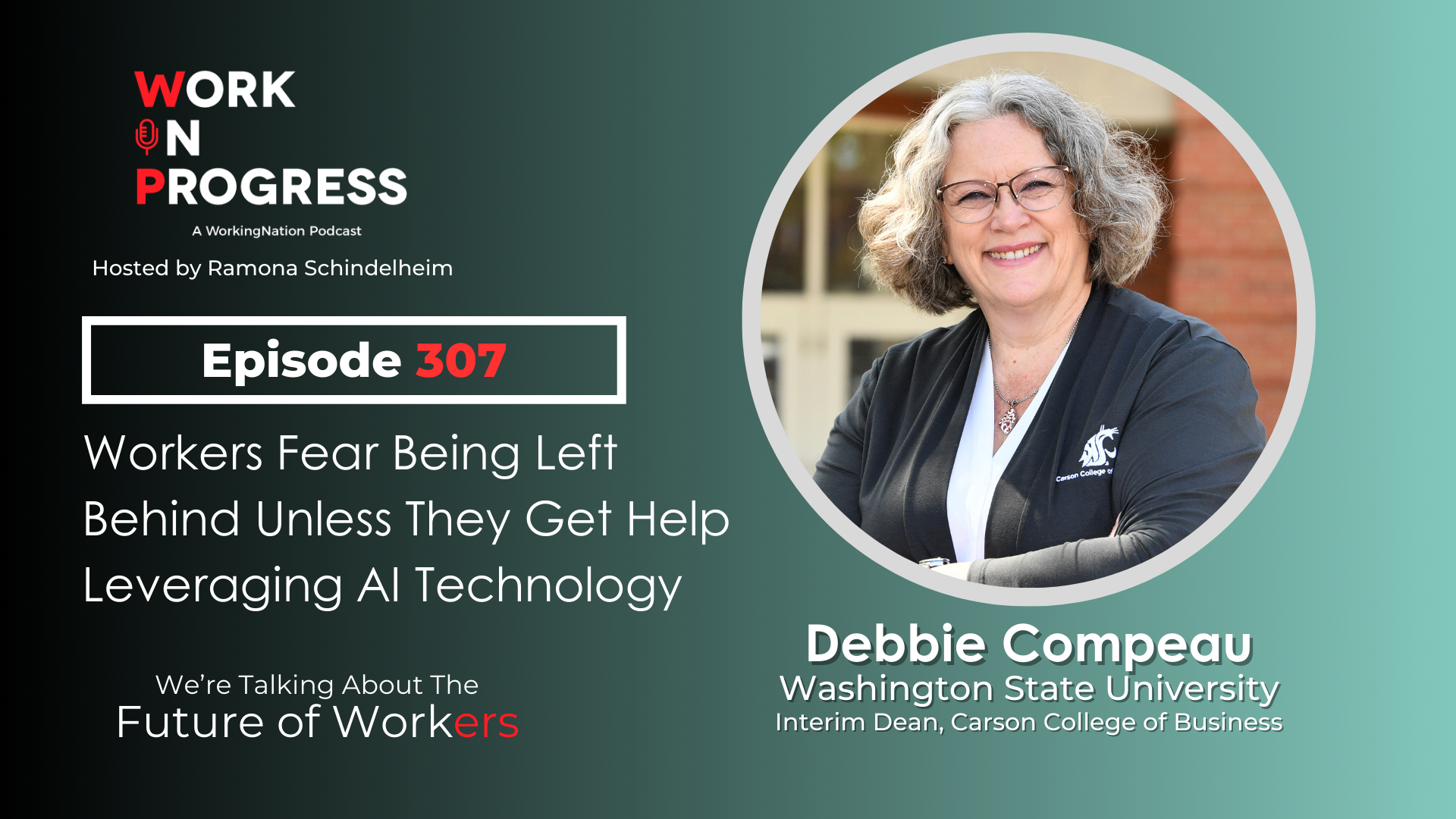
The worldwide proliferation of coronavirus has prompted a global recession. Colleges and universities, particularly community colleges, will be called upon to provide the knowledge and skills necessary to enter or re-enter a radically disrupted workforce.
An equity imperative mandates identifying hidden barriers to access to higher education for the most vulnerable and underserved members of society.
To help make college more affordable for low-income Americans, the federal government offers direct aid to students in the forms of grants and loans. While the total amount of aid available to individual students has changed over time, the factors used to determine both eligibility and the amount of award have not.

Those factors may have been appropriate in the 1980s and 1990s, when most college students were between the ages of 18 and 24 and attended full-time. However, at a time when more than half of all college students are independent and 40 percent enroll part-time, they constitute a significant barrier to post-secondary educational access for many low-income adults.
Four changes to federal student aid policy are urgently needed to account for these changing demographics within higher education and to meet future workforce needs.
First, expunge the satisfactory academic progress records of adults who have worked for three to five years. To be eligible for federal aid, a student must maintain a satisfactory progress record, or SAP, which is defined as a minimum grade point average of 2.0 and a course completion ratio of 67 percent.
Today, 36 million Americans (nearly 20 percent of the working-age population) have some college credit but no degree. The average age of these former students is 42, and 56 percent of them left college when they were in their 20s. Sixty-seven percent left while enrolled in a community college. Over half are women.
Many of these working adults seek to complete their education but are permanently ineligible for federal financial aid based on poor academic performance five, 10 or 20 years ago. Expunging SAP records after three to five years would offer them a second chance, promote economic mobility and help increase overall educational attainment levels.
Second, level the playing field for independent students. To be eligible for federal aid, a student must demonstrate financial need, which is calculated by subtracting the student’s expected family contribution from the cost of college attendance. For dependent students, every $10,000 increase in parental earnings reduces eligibility by approximately $3,000.
By contrast, every $10,000 increase in the earnings of an independent student results in a $5,000 decrease in eligibility. Students are automatically categorized as independent if they are 24 years of age or older, married, an orphan, a ward of the court, an emancipated minor, a veteran, a member of the armed forces, homeless or at risk of becoming homeless, or if they have legal dependents other than a spouse.
The impact can be far-reaching. For example, students who qualify for subsidized direct loans based on their income are not required to pay interest while enrolled and for six months after completion of their educational programs. Federal financial aid policy should be changed to ensure that the impact of additional income is the same for dependent and independent students.
Third, allow students to take one course at a time. Only full- and part-time students are eligible for federal aid. At most colleges and universities, students are required to enroll for 12 credits in order to attain full-time status and six credits to attain part-time status.
Today, 40 percent of students are part-time, 24 percent are parenting and 64 percent work while in college. Allowing students to take advantage of federal financial aid even when taking one course at a time would decrease burdens on adult students who must balance work and family obligations.
Fourth, extend eligibility for Pell Grants to 16 semesters. The federal Pell Grant program provides need-based subsidies to low-income college students. Prior to 2008, there were no limits on eligibility other than continued financial need. The 2008 reauthorization of the Higher Education Act imposed a lifetime limit of 18 semesters. This was reduced even further by the Consolidated Appropriations Act of 2012, which placed a limit of 12 semesters on full-time students and 24 semesters on part-time students.
At a time when rapidly changing technology means rapid obsolescence and the jobs of the future have not yet been invented, the opportunity for lifelong learning and training is more critical than ever. Increasing eligibility to 16 semesters or more would enable many low-income working adults to continue their education and job training.
With more than 3.3 million Americans applying for unemployment in a single week at the end of March, some economists are predicting an overall loss of 40 million jobs by June. Higher education will play a key role in catalyzing economic recovery for the nation by providing the knowledge and skills necessary for students to thrive in the workforce.
Fulfilling the promise of American higher education as a central component of the American dream requires removing barriers that would prevent eager prospective students from access to an affordable college degree.
Jane Oates is the President of WorkingNation.
Lynn Pasquerella is the President of the Association of American Colleges and Universities.
This Op-Ed was originally published on the Inside Higher Education website and is republished with the organization’s permission.











